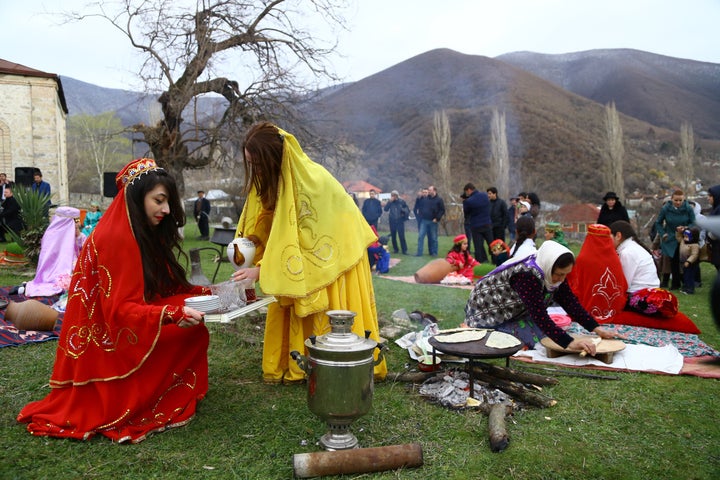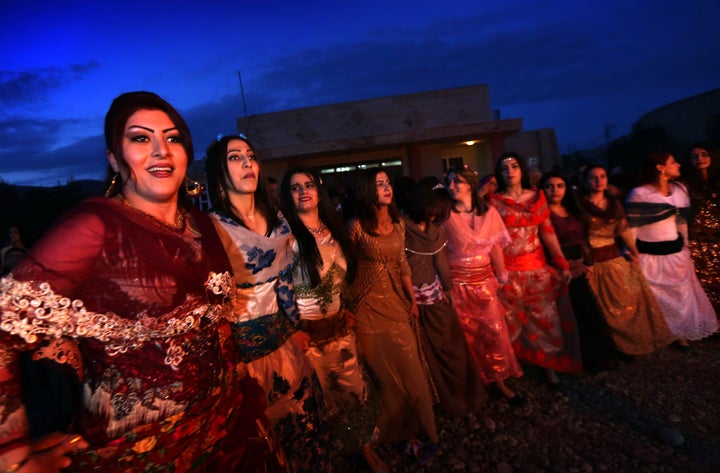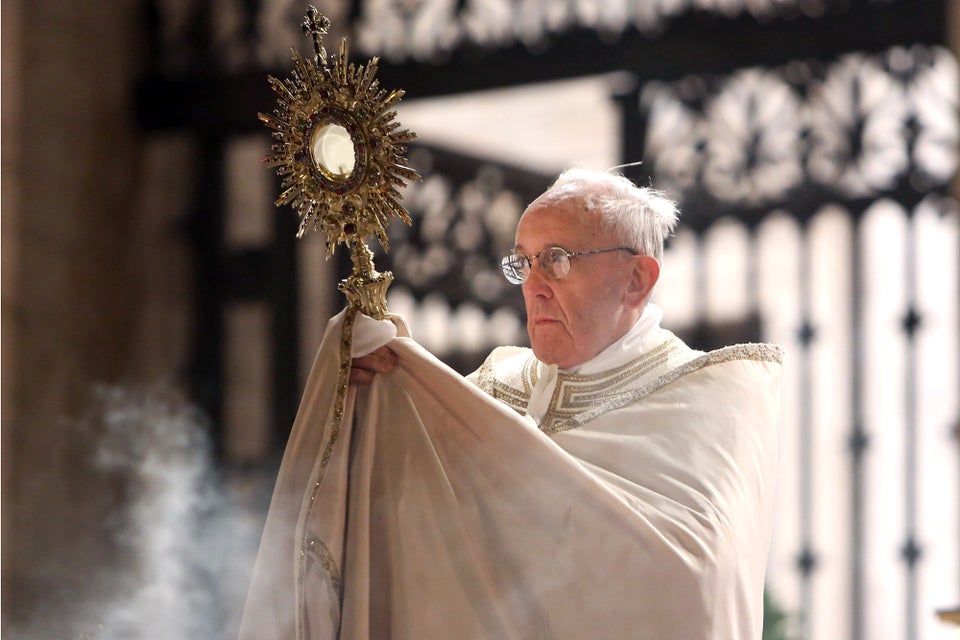
The Persian New Year is called Norooz (also Nowruz, Nawroz, among other spellings) and marks the first day of spring. It’s also the Baha’i New Year, but the holiday is celebrated by Iranians of all religions.
History
Norooz celebrates renewal and rebirth, symbolized by the coming of spring. It is partly rooted in the Zoroastrian tradition, but is an ancient holiday that was celebrated thousands of years ago. Now, it is also an important Iranian cultural holiday that spans many religious traditions. The word Nowruz is a compound word that blends together the Persian words “now” which means “new,” and “roz” which means “day.”
Dates
In 2016, Norooz began on March 20 in Iran. The exact moment of the new year is called Tahvil. Norooz lasts 13 days in Iran. It coincides with the vernal equinox, so its date in the Gregorian calendar changes every year.

Traditions
On the last Wednesday of the old year, the night of Chahar Shanbe Suri is celebrated in order to symbolically get rid of all the misfortunes and bad luck of the past year. People light small bonfires and jump over the flames, shouting “Zardie man az to, sorkhie to az man,” which means, “May my sickly pallor be yours and your red glow be mine.” It is also acceptable to simply light a flame and shout the phrase.
A traditional ceremonial table display is set up called the sofreh-ye haft-sinn (“cloth of seven dishes”). The table is set with flowers, a bowl of goldfish, mirror, candles, painted eggs, the Kitab-i-Aqdas (the Baha’i holy book) or the Quran, and seven foods that start with the letter S. This table remains in the family home for 13 days after the start of the holiday.
sabzeh: lentil, barley or wheat sprouts growing in a dish, symbolizing renewal
samanu: a thick, sweet pudding made from wheat germ, symbolizing affluence
senjed: dried fruit of the lotus tree, symbolizing love
sir: garlic, symbolizing medicine
sib: apples, symbolizing health and beauty
somaq: sumac berries, symbolizing sunrise
serkeh: vinegar, symbolizing age and patience.
A traditional dinner for Norooz often includes fish, which represent abundance.
After 13 days, Sizdeh Bedar is celebrated, which literally means “getting rid of the thirteenth.” Families throw green sprouts into rivers or lakes to symbolize the plant’s return to nature and conclude the festivities until the next year.
